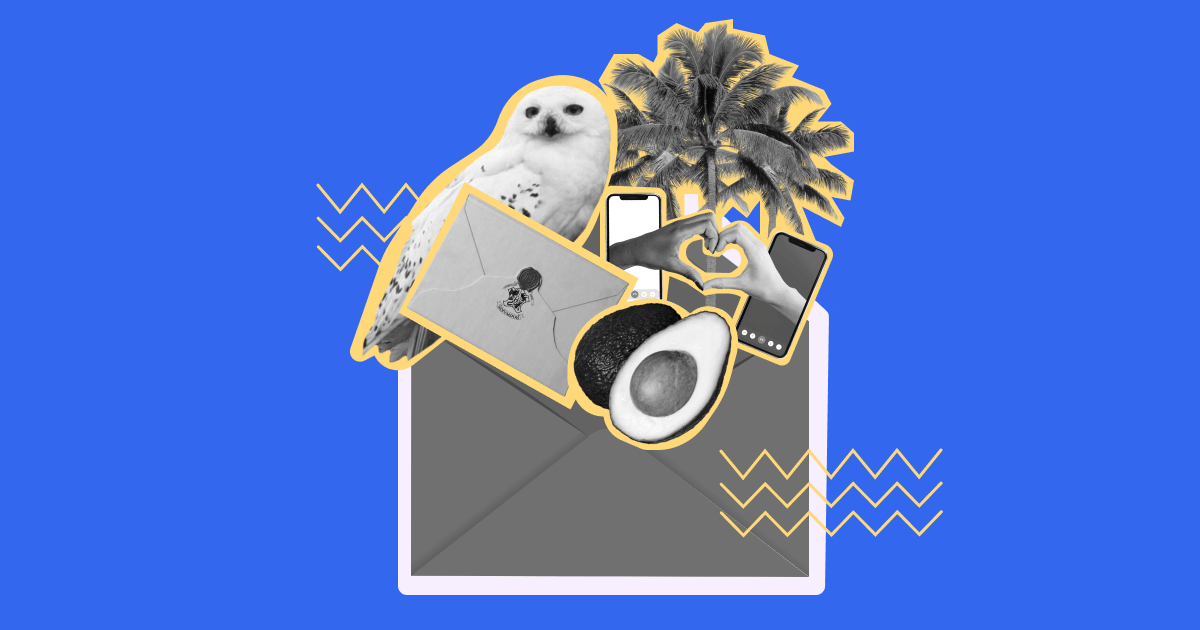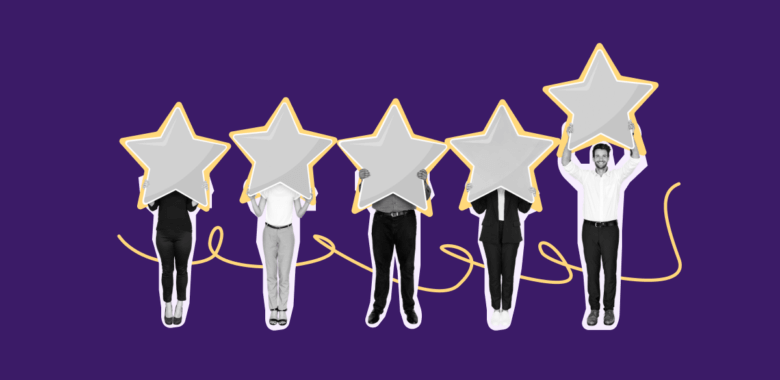Millennials’ email marketing stats and useful data
Crafting effective email marketing campaigns for Millennials is both an art and a science. This generation, defined as those born between 1981 and 1996, grew up during significant technological shifts and faced the dawn of many things, from social networking to online shopping. And it has made Millennials adept at filtering genuine content from the noise.
They value authenticity and personalized experiences, especially in their inboxes. This demand for personalization is echoed in their shopping habits: over 27% of Millennials planned to increase their online spending, leading global eCommerce spending in 2023.
Yet going through various economic uncertainties, Millennials are also re-evaluating their financial priorities, with many living paycheck to paycheck. Despite this, email marketing remains a potent tool for engagement, with 40% of Millennials likely to be influenced by a brand’s newsletter.
To connect with this generation, marketers must leverage smart cold emails and other types of email with clever subject lines resonating with Millennials’ values and beliefs. Social media platforms and customer loyalty programs offer additional avenues to engage Millennials and nurture brand loyalty.



























